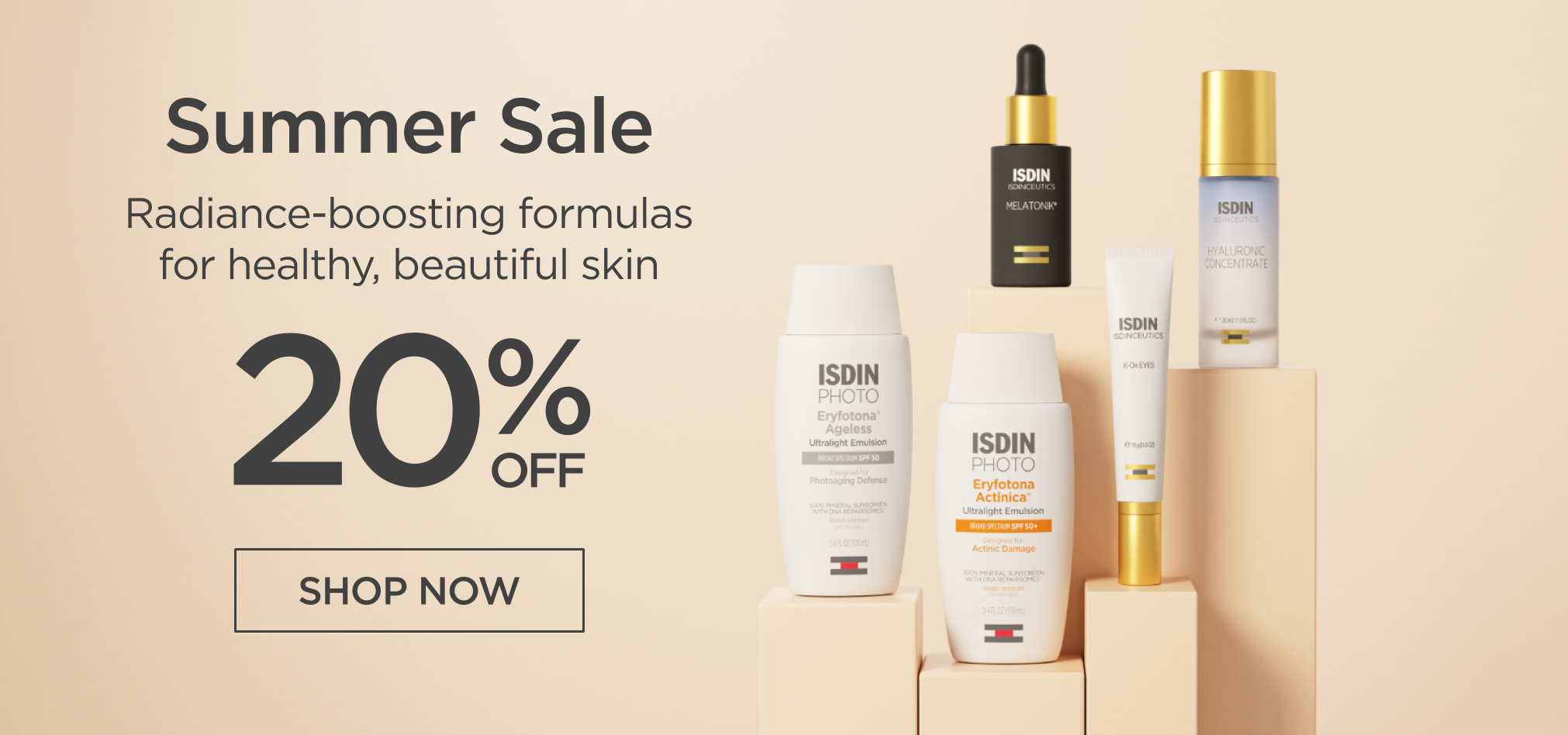Everyone’s skin is unique — and we wouldn’t want it any other way! So, yours will likely respond best to a personalized mix of skincare ingredients, formats, and textures. But how can you know what goes with what for the results you want?
Check out our expert advice on how to combine key skincare ingredients in your routine, and when it’s better to keep them apart. Let’s get started.
Table of Contents
What is a key skincare ingredient?

Key ingredients drive a skincare product’s main benefits and results — think brightening, antioxidant, and moisturizing powerhouses. Most acids, vitamins, and antioxidants fall into this category. The remaining elements help to mix or stabilize, giving products their form and texture.
Combined correctly, key skincare ingredients work together to deliver the desired outcome. But when mixing, matching, and stacking at home, it’s best to do your research first.
Skincare ingredients that work well together:
Vitamin C + hyaluronic acid for a plump, healthy look
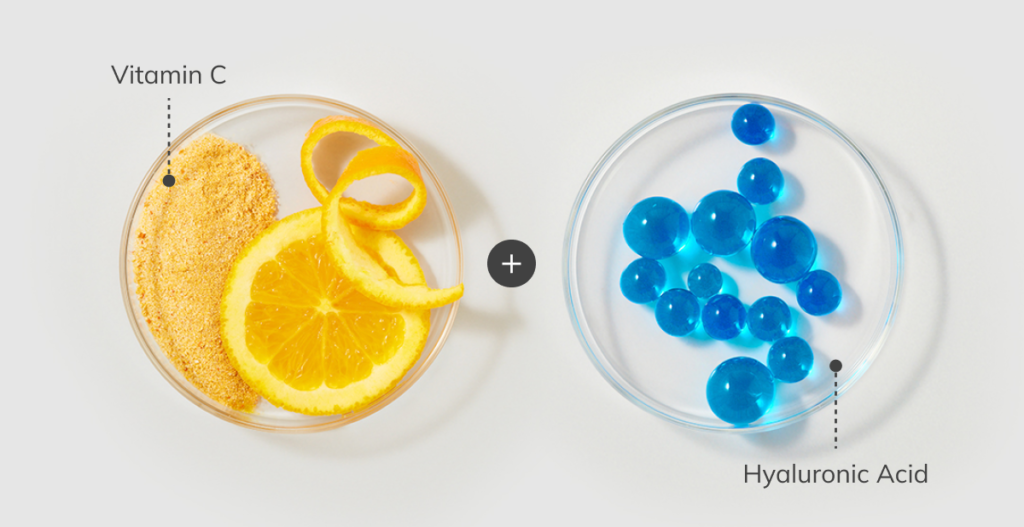
These gentle superstars make for a winning pair. On the one hand, vitamin C is a proven antioxidant that helps protect the skin from free radicals. When applied topically, it works to brighten and support firmness. Hyaluronic acid, on the other hand, helps keep the skin hydrated.
How can you get the most out of this dynamic duo? Layer them in the right order. Since vitamin C generally comes in a serum format and has a lighter, more fluid texture, it does its best work on bare skin. So, after cleansing and applying eye cream, smooth on your vitamin C serum. Then, follow it with a cream containing hyaluronic acid.
Vitamin C + melatonin for antioxidant action
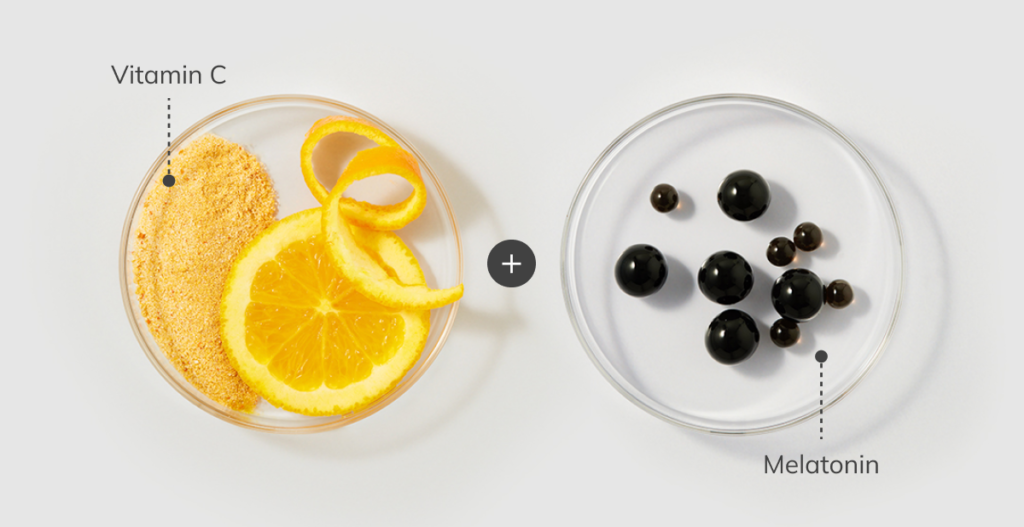
Did you know that melatonin can help boost your skin’s antioxidant defenses while you sleep? When coupled with vitamin C, it can help you fight daily skin stressors while adding radiance. Reach for a night serum featuring both of these powerful antioxidants to enhance your skin’s natural repair processes while you get your beauty rest.
Retinal + hyaluronic acid for soothing rejuvenation
This is a match made in heaven. Retinal helps to resurface and enhance the skin’s natural renewal process for a firmer, more youthful appearance. However, it can also be drying. What to do? Accompany your retinal routine with plenty of hydration — which is where hyaluronic acid comes in.
Retinal + niacinamide for total skin restoration
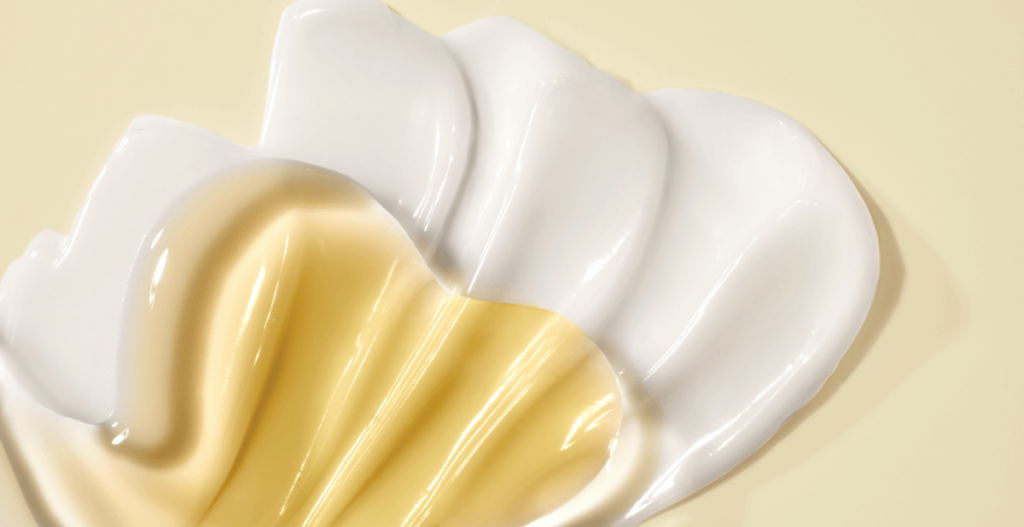
Retinal and niacinamide are two of a kind. While retinal is a vitamin A derivative, niacinamide is a form of vitamin B3 that’s easy on the skin. And both are hardworking multitaskers — offering benefits such as improving wrinkles and renewing the skin.
In addition, niacinamide helps stabilize the skin’s barrier function and provides a soothing effect. This is especially important if you’re new to retinal, as the skin’s retinization process can cause peeling or minor discomfort early on.
Retinal + bakuchiol for age-defying action
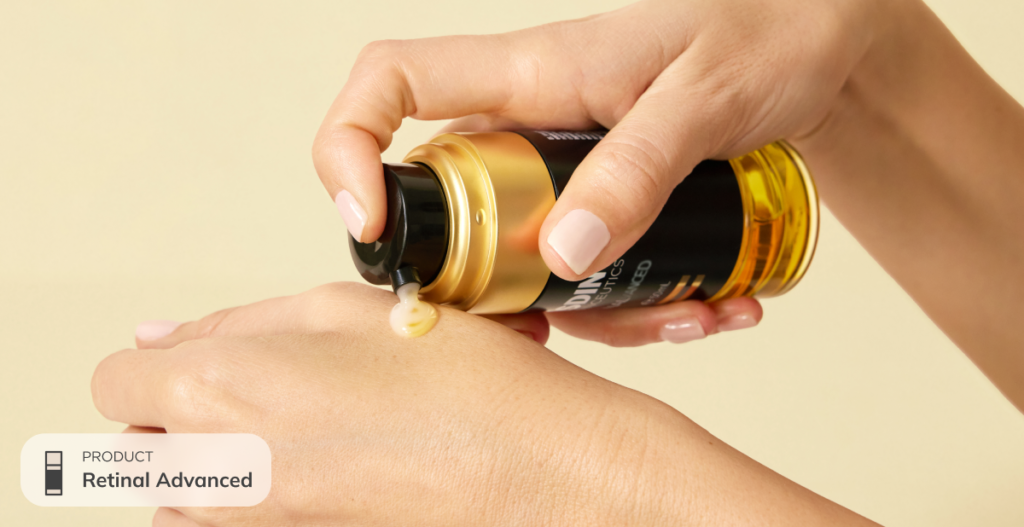
Often considered a gentler alternative to retinoids, bakuchiol’s natural antioxidant properties complement the effects of retinal. This combination is ideal for those seeking powerful well-aging results while minimizing skin irritation.
You can pair these ingredients by using two separate products in your routine. Or simply choose a serum formulated with both to enjoy their youth-boosting benefits in one easy step.
Skincare ingredients to mix carefully:
Vitamin C + retinal

These two get along great as long as you give them a little space. Reach for vitamin C in your morning routine and retinal at night. Following this simple rule, you should be able to get what you need from both without issue. In fact, combining them is ideal for smooth, bright, youthful-looking skin, as vitamin C helps defend your skin during the day and retinal resurfaces overnight.
However, there’s one crucial point to keep in mind: if you’re using a retinoid for the first time, wait a while before restarting with vitamin C. Once your skin has gone through the retinization period, you can reincorporate vitamin C into your morning routine (including sunscreen of course).
Vitamin C + niacinamide
This pair doesn’t work well together, but not for a lack of effort. Vitamin C is most effective and stable in an acidic environment, whereas niacinamide works best at a neutral pH. Mixing these two could offset the benefits of both — meaning these tone-unifying all-stars do their best work separately.
Retinal + glycolic acid
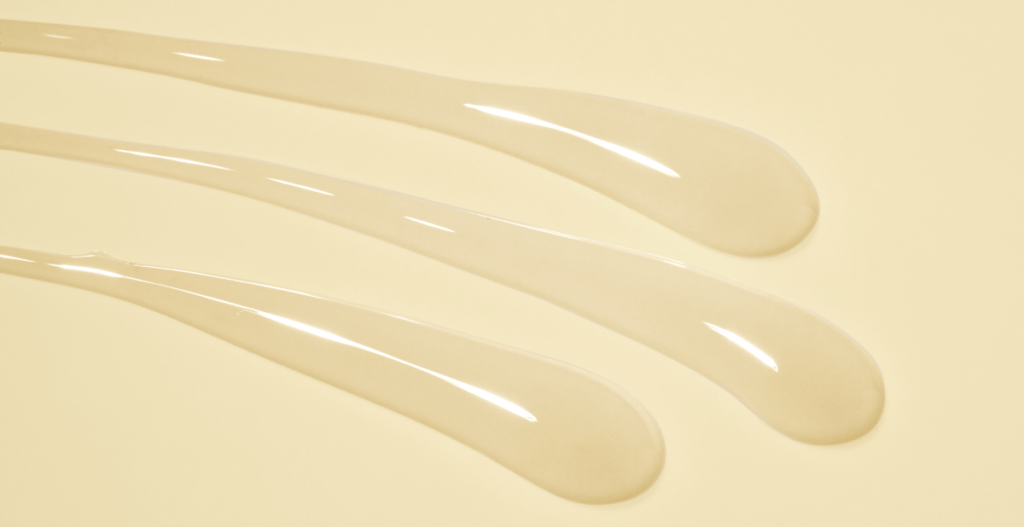
Glycolic acid stands out as one of the most effective chemical exfoliants, thanks to its ability to boost skin renewal. This skin hero not only helps brighten up your complexion, but also minimizes fine lines and fades dark spots. And its exfoliating properties help smooth the canvas so retinal can get to work.
However, using glycolic acid and retinal on the same day may result in irritation and flaking, depending on your skin’s tolerance. Ideally, work them into your regimen on alternate days. The skin cycling method is a beginner-friendly way to get started with these two ingredients into your routine.
Now that you know all about how to combine skincare ingredients in your routine, it’s your turn to put it into practice. And above all, love your skin, care for it, and protect it, always.
Behind the blog:
Article written and reviewed by:
Amy is a content strategist who turned a part-time obsession with skincare into a full-time passion. Her experience as a creative storyteller includes a range of lifestyle and technology topics across Washington D.C. and Barcelona. What's in her travel bag? Eye contour cream and sunscreen, always.


